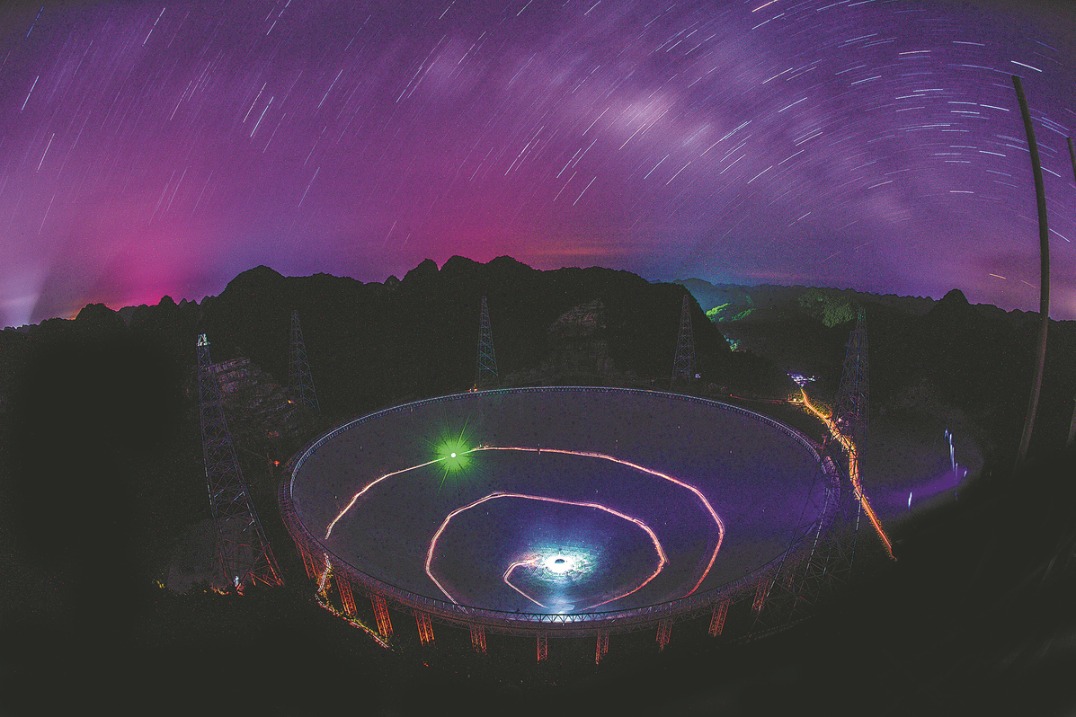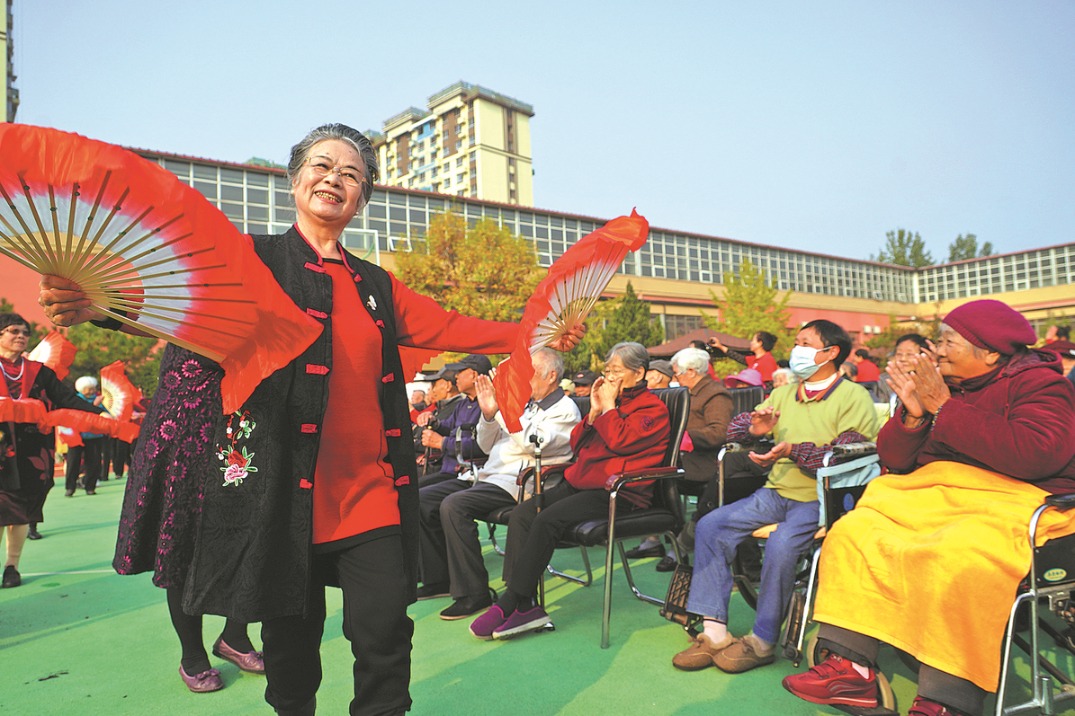Hype, hope, and hard truths of CPEC


As the China-Pakistan Economic Corridor (CPEC) enters its second phase, it is time to take stock. After a decade of grand promises, billions of dollars in investments and countless ribbon-cutting ceremonies, the question remains: has the megaproject truly delivered, or are we merely giving it a new coat of paint?
CPEC was formally launched on July 5, 2013, during a visit by the Pakistani prime minister to China. The initial announcement laid the groundwork for a broader framework of economic cooperation between the two countries. Momentum picked up in April 2015, when Chinese President Xi Jinping visited Pakistan, marking the inauguration of the first set of CPEC projects with significant agreements to enhance the initiative's scope and scale.
The vision was simple: a network of roads, railways, ports, and energy projects that would transform Pakistan into an economic powerhouse, all while giving China direct access to the Arabian Sea. On paper, it was a win-win for both nations. Fast forward to 2024, and the results are mixed.
Over the past decade, more than $30 billion worth of infrastructure projects have been completed, including the Gwadar port, various power projects, and roads connecting Pakistan with Western China. Thirteen power projects have been completed, and a 4,000-megawatt electricity transmission line now supports roughly one-third of Pakistan's power grid. Transportation infrastructure, including key roads, ports, and even the Lahore Orange Line Metro Train, has seen significant improvements. China has poured over $25 billion into direct investments, and if the official narrative is to be believed, CPEC has created more than 230,000 jobs.
Despite these successes, the road has been far from smooth. The development of nine planned Special Economic Zones, which were to be the centerpieces of Pakistan's industrial revolution, has been hit by delays. Only four of these zones are currently under construction, and the expected industrial relocation from China to Pakistan has yet to materialize. Debt concerns have also cast a long shadow.
Security remains another thorny issue, particularly in Balochistan, where key CPEC projects are based. Despite enhanced security measures, terrorist attacks on Chinese nationals and infrastructure projects have persisted, stalling progress and deterring potential investors. The recent attack on Chinese nationals in Karachi has once again posed challenges to Islamabad and Beijing, and put Pakistan's security apparatus under severe scrutiny. With the Shanghai Cooperation Organization conference held on Tuesday and Wednesday, the timing couldn't be worse. And security is not just a local issue. The West's narrative around CPEC has been consistently negative. With the West overtly and covertly pressuring Pakistan to back out of CPEC, the project has stopped being just an economic venture and turned into a battlefield of narratives and perceptions.
Enter CPEC 2.0, the next phase of this ambitious endeavor, promising a shift in focus from infrastructure to industrial cooperation, agriculture, socio-economic development, and information technology. It sounds promising — a sign that both Islamabad and Beijing are keen to address gaps and learn from past mistakes.
For CPEC 2.0 to succeed, both Pakistan and China need to make some tough decisions. First and foremost, political stability and good governance are essential. It is the responsibility of Pakistan's civil government to take the lead on this by ensuring that democratic institutions are strengthened and competent professionals are placed in key positions. CPEC cannot be treated as a political football, with each new government fiddling with its priorities and stalling progress. There needs to be cross-party consensus on the importance of this project to ensure it stays on track regardless of who is in power.
Secondly, it is time to prioritize. Instead of spreading resources thin across too many sectors, the focus should be on completing key projects that can deliver immediate benefits. Industrial cooperation and job creation are great goals, but they need to be backed by real, tangible investments and incentives.
Thirdly, local capacity-building is crucial. Pakistan's industrial base is weak, and its workforce is under-skilled. If CPEC is to deliver on its promises, there needs to be a concerted effort to invest in vocational training, technology transfer and capacity improvements. It is not enough to rely on Chinese expertise; Pakistan needs to develop its own. A country that cannot stand on its own feet is always going to lean on another.
Finally, security concerns need to be addressed head-on. The situation in Balochistan will not improve overnight; it needs a holistic approach that goes beyond simply deploying more troops. The rule of law and apolitical policing are the only answers. Engaging with local communities, addressing their grievances, and making them stakeholders in CPEC's success is key to ensuring the long-term viability of these projects. Simultaneously, countering hostile narratives and leveraging cultural connections will be essential in maintaining momentum and securing the trust of the local population. Law enforcement agencies should stop merely reacting to incidents and take security measures proactively. What's needed is not just more officers on the ground, but a strategic overhaul of Pakistan's approach to securing foreign nationals.
CPEC 2.0 is both a challenge and an opportunity. It is a chance for Pakistan to finally capitalize on its strategic location and build a more vigorous, diversified economy. But it's also a reminder that the road to economic transformation is fraught with obstacles, many of them self-inflicted.
The author, former federal secretary and inspector general of police of Pakistan, teaches law and philosophy at universities. The views don't necessarily reflect those of China Daily.
If you have a specific expertise, or would like to share your thought about our stories, then send us your writings at opinion@chinadaily.com.cn, and comment@chinadaily.com.cn.



































